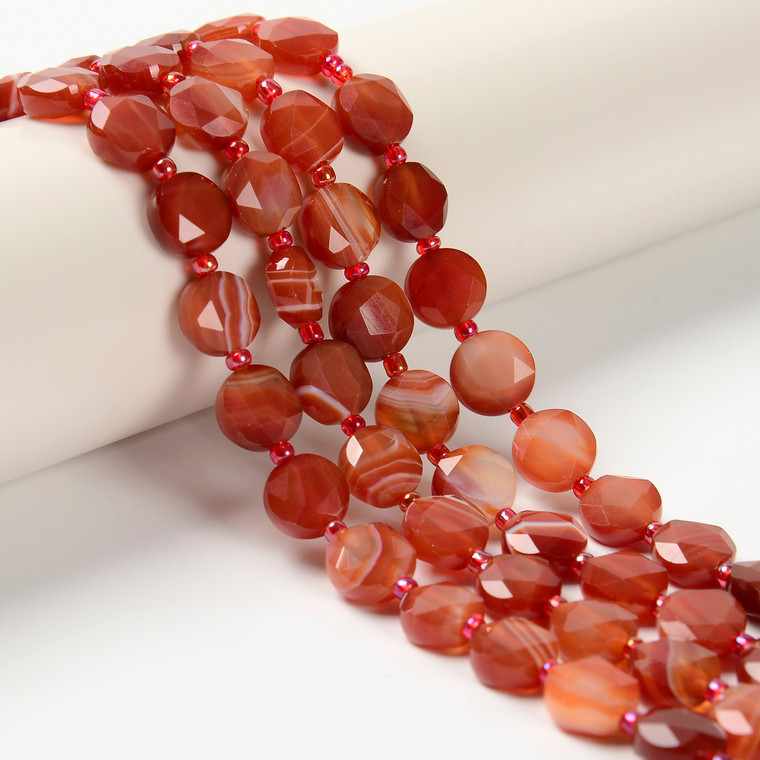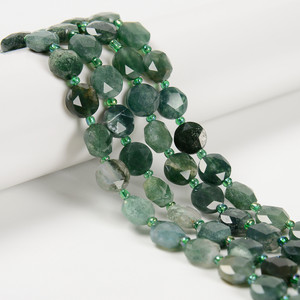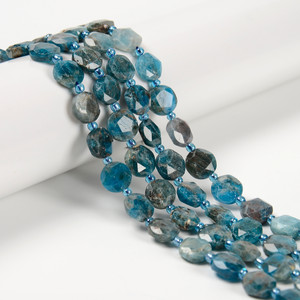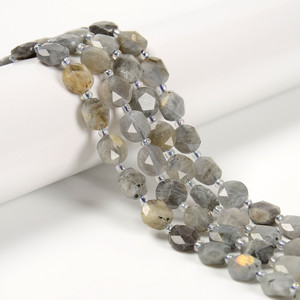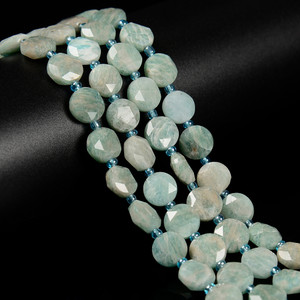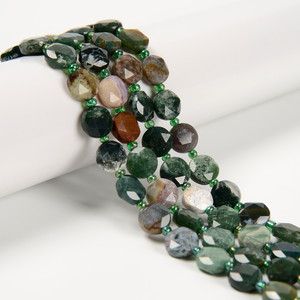
Red Stripe Agate, Natural, Faceted, Hexagon Coin, One 10mm Strand
Red Stripe Agate, Natural, Faceted, Hexagon Coin, One 10mm Strand
This price is for one strand 15 to 16 inches
Hexagon Coin strands have about 30 pieces
Red Stripe Agate, also called Carnelian is a variety of Chalcedony. It is often a solid color, but it may also be banded, in which case it would be jointly classified as both Agate and Carnelian. Agates are primarily formed within volcanic and metamorphic rocks. Carnelian is one of the best known and least expensive variety of chalcedony.
Carnelian is a semi opaque to highly translucent mineral commonly used as a semi-precious gemstone. The color can vary from pale pink, orange to a deep rusty brown, though it is most known for its brilliant orange and red-orange crystals. Carnelian is colored by impurities of iron oxide.
Most commercial carnelian comes from India, but it is mined world-wide. Other sources also include Brazil, Egypt, Russia, Indonesia, Germany, and Uruguay.
The name Carnelian has its roots in the Latin 'carnis' meaning flesh. The thought is that either the stone itself resembled flesh or it looked like the flesh of a fruit called cornel which also got its name from 'carnis'. Carnelian was recovered from Bronze Age finds. The Hebrew sardius (dark Carnelian) was the first stone in the High Priest's breastplate and is mentioned other places in the Bible. The ancient Egyptians called Carnelian "the setting sun."
Hardness 7
The source of these beads is Uruguay and they are cut, drilled and polished in China
Heating is a very common form of enhancement and is used to affect desired alterations of color and/or clarity. Heating can also be used to lighten or darken a stone. Heat is one of the conditions that cause gems to form, whether in the ground or in a lab. Heating occurs during natural gem formation. But heating applied to the stone after gem formation is an enhancement.

